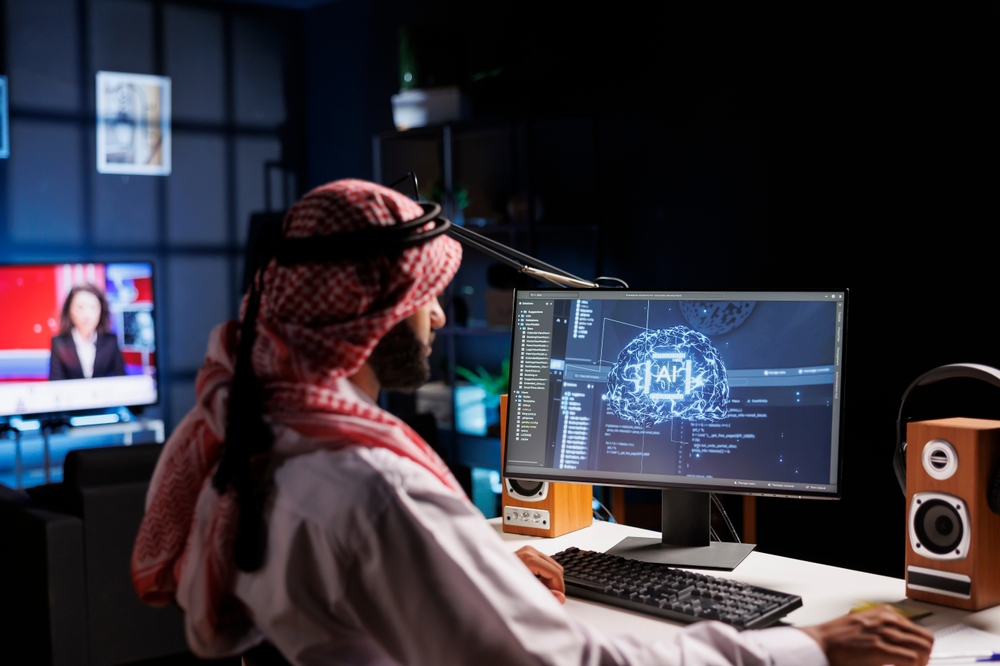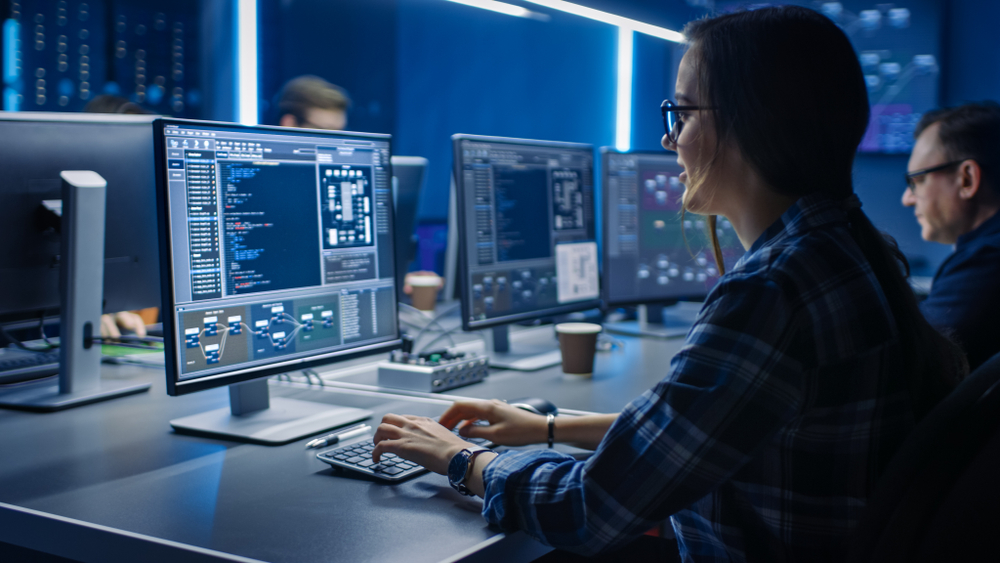

In this course, artificial lift techniques will be undertaken with an emphasis on techniques and applications for increasing the production and performance of oil and gas wells.
| City | Start Date | End Date | Fees | Register | Enquire | Download |
|---|---|---|---|---|---|---|
| Manama | 23-06-2025 | 27-06-2025 | 4400 $ | Register | Enquire | |
| Amman | 07-07-2025 | 11-07-2025 | 3950 $ | Register | Enquire | |
| Madrid | 14-07-2025 | 18-07-2025 | 6200 $ | Register | Enquire | |
| Paris | 21-07-2025 | 25-07-2025 | 6200 $ | Register | Enquire | |
| Dubai | 28-07-2025 | 01-08-2025 | 4300 $ | Register | Enquire | |
| Cape Town | 04-08-2025 | 08-08-2025 | 5600 $ | Register | Enquire | |
| Prague | 11-08-2025 | 15-08-2025 | 6200 $ | Register | Enquire | |
| Amsterdam | 18-08-2025 | 22-08-2025 | 6200 $ | Register | Enquire | |
| Cairo | 25-08-2025 | 29-08-2025 | 3950 $ | Register | Enquire | |
| Prague | 01-09-2025 | 05-09-2025 | 6200 $ | Register | Enquire | |
| Istanbul | 08-09-2025 | 12-09-2025 | 4950 $ | Register | Enquire | |
| London | 15-09-2025 | 19-09-2025 | 6200 $ | Register | Enquire | |
| Amsterdam | 22-09-2025 | 26-09-2025 | 6200 $ | Register | Enquire | |
| Cairo | 29-09-2025 | 03-10-2025 | 3950 $ | Register | Enquire | |
| London | 06-10-2025 | 10-10-2025 | 6200 $ | Register | Enquire | |
| Dubai | 13-10-2025 | 17-10-2025 | 4300 $ | Register | Enquire | |
| Cairo | 27-10-2025 | 31-10-2025 | 3950 $ | Register | Enquire | |
| Paris | 03-11-2025 | 07-11-2025 | 6200 $ | Register | Enquire | |
| Kuala Lumpur | 10-11-2025 | 14-11-2025 | 4950 $ | Register | Enquire | |
| Amsterdam | 24-11-2025 | 28-11-2025 | 6200 $ | Register | Enquire | |
| Kuala Lumpur | 01-12-2025 | 05-12-2025 | 4950 $ | Register | Enquire | |
| Manama | 08-12-2025 | 12-12-2025 | 4400 $ | Register | Enquire | |
| Cairo | 15-12-2025 | 19-12-2025 | 3950 $ | Register | Enquire | |
| Dubai | 22-12-2025 | 26-12-2025 | 4300 $ | Register | Enquire |
Artificial lift involves using mechanical devices or modifying the hydrostatic column weight to enhance fluid extraction from production wells, primarily for crude oil or water. This course delves into various artificial lift techniques essential for optimizing production rates and return on investment. It covers artificial lift systems in detail, helping participants choose the best methods for economic production. Artificial lift systems are crucial where reservoir pressure is inadequate for natural fluid rise but can also improve flow from naturally flowing wells. Fluids typically include oil, water, or mixtures often loaded with gas.
Participants in this artificial lift methods course will acquire skills to:
Unit 1: Introduction to Oil and Gas Production
Unit 2: Beam Pumping Technology
Unit 3: Conceptual and Equipment of Gas Lift Systems
'
Unit 4: ESP (Electric Submersible Pump) Technology
Unit 5: PCP (Progressive Cavity Pump) Technology



















